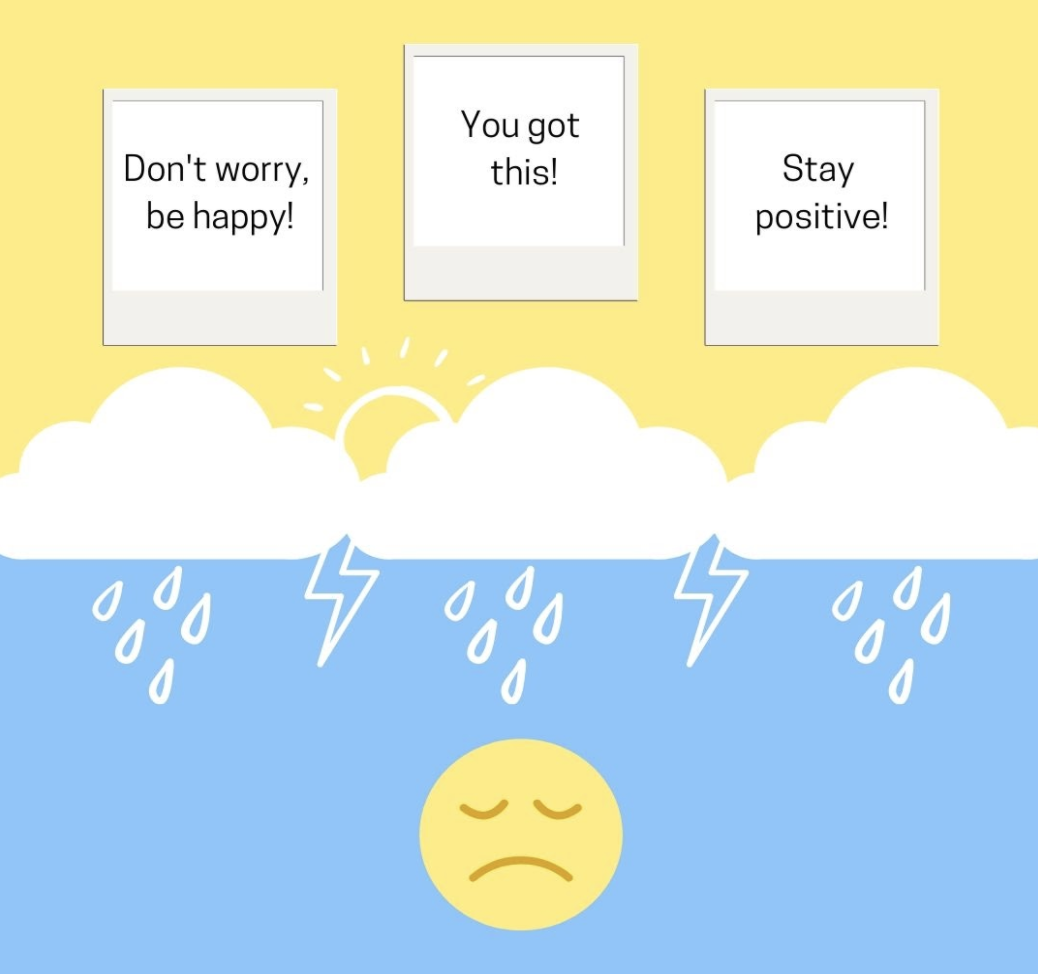
If you’ve opened Instagram in the last two months, you’ve probably noticed the uptick in positivity-related content on social media. It may seem like everyone you know is posting and reposting encouraging quotes, or tips on how to keep a good attitude during quarantine. Positivity during this stressful period is important, but it’s also important to recognize that it isn’t possible 100 percent of the time. There are instances where you’re going to find yourself in a bad mood, but it’s actually during these times when mindfulness is most crucial.
The first step to being mindful when you’re not feeling your best is actually to practice when you’re in a good mood! It may seem counterintuitive, but it’s much easier to be mindful of your feelings and emotions when you’re not overwhelmed by them. Next time you find yourself in a good mood, notice how you’re feeling emotionally, physically, and mentally. Allow yourself to acknowledge your feelings without judgement, and accept them for what they are.
Then, during a time when you’re feeling sadness, anger, or another difficult emotion, you’ll have some previous experience practicing mindfulness, and it won’t be as difficult to repeat the steps with more intense feelings. The next step is to let the people around you know that what you’re feeling isn’t their fault. Simply saying “I’m in a bad mood right now because of x, y, or z,” or, “I don’t feel very good emotionally today,” can usually prevent a bad mood from spreading to other people.
The final step is to do something that brings you comfort. This may be watching an episode of your favorite show, going for a walk on your own, or getting an important task done; regardless, it should ease the intensity of your emotions.
Even though positivity is important, our negative feelings are just as valid. With a little practice, mindfulness can be a great tool for relieving the severity of our more difficult emotions.
